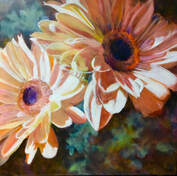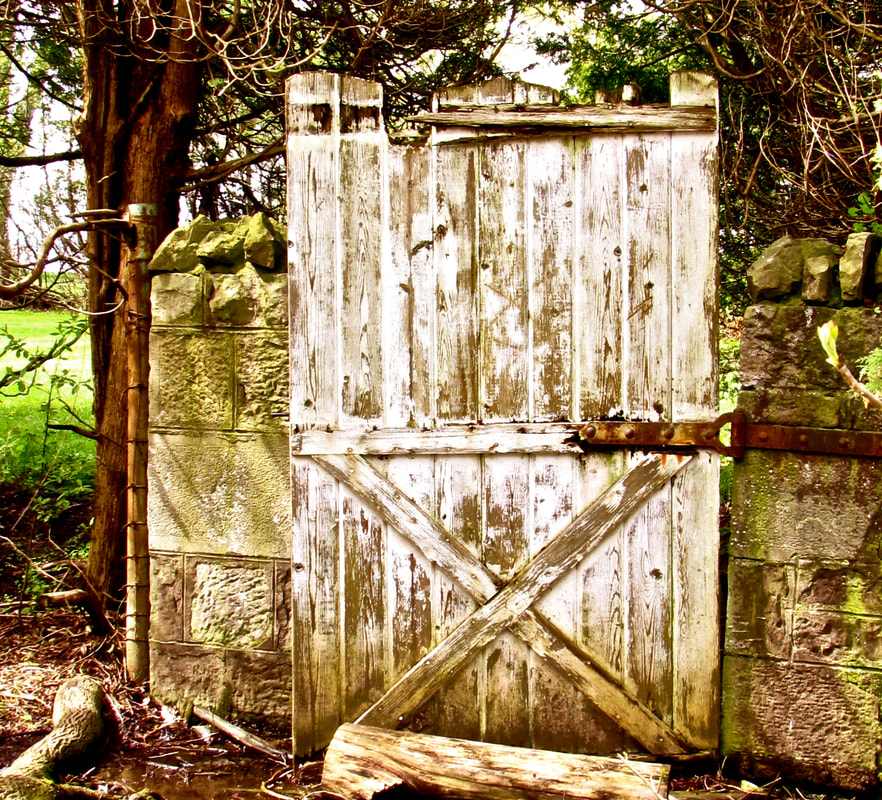 "Upturned Faces" oil 16 x 16
"Upturned Faces" oil 16 x 16 In search of even more strong colour, we took to the river a few days ago - Jon to scout for the subtle speckling of a trout and I to seek deep zenith blue reflected on water. Neither of us was disappointed. Several of my shots might even be worth translating onto the canvas. There were cobalts to be found, not only in the dome of sky but also in the patches of vervain which populated the river so, like a drunk at an open bar, I took a hundred digitals over the two-hour paddle. The shot I regret missing was that of a green heron. Even lovelier than great blues herons, if you are lucky you mightcatch sight these small neat fishers making short flights along the shore line before disappearing into the rushes. Only their bright orange legs quibble with the overall elegance of the green heron.
So how to mix a clear hot orange? Let's start with what not to do. Don’t mix a yellow that leans blue (lemon yellow, for example) with a red that leans blue (alizarin or magenta, say) in any medium if you want a clean colour. With all three primaries present, even if your two pigments are transparent, you will still end up with a duckegg tone. Here’s what you do instead: combine a warm (i.e. leaning red) transparent yellow such as stil de grain with a warm (leaning yellow) transparent red such as vermilion. Remember: warm with warm or cool with cool when mixing transparent primaries. Then sit back and remember high summer.
* The portrait is actually coming along fine but I am still in the afterglow of orange and pink.

 RSS Feed
RSS Feed
